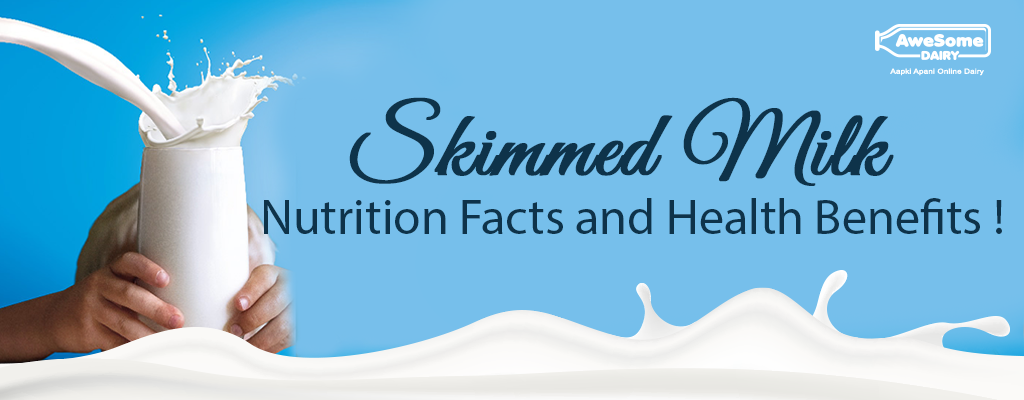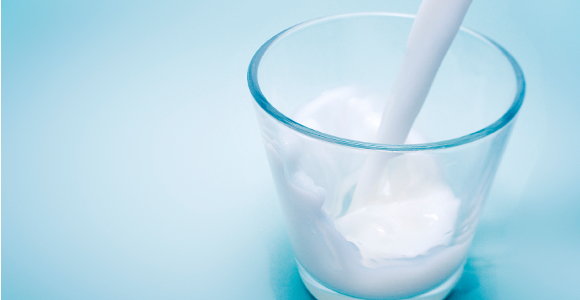
Skim milk is low in fat, but not fat-free.

Skim milk contains less than 0.5% fat, meaning that most of the initial fat content has been skimmed off. You can have a protein shake with skim milk before working out and an almond milk smoothie afterwards, for example.

If you're unsure about sticking to just one, following a hybrid diet is a great way to maximize the benefits of both. Let's look at those now.Ĭan I Drink Both Almond Milk and Skim Milk In My Diet?

Skim milk has a lot of benefits, but it also has its fair share of downsides. Nearly every store sells skim milk, whereas not every store sells almond milk. Skim milk is also way easier to find than plant-based milk. If you're on a tight budget, then sticking to skim milk may be the ideal option. Skim milk is cheaper than almond milk virtually everywhere in the world. It's Cheaper and More Readily AvailableĪ lot of people scoff at vegan diets due to the increased prices compared to carnivore diets. This makes it more nutritionally dense than almond milk. One cup of skim milk contains 25% of your daily Vitamin D requirements as well as 11% of your daily potassium needs. If you're hoping to gain muscle mass or are recovering from a disease, then drinking skim milk will provide some of the proteins and essential minerals you'll need. It's High in ProteinĪs we stated before, skim milk (or any cow's milk) is naturally high in protein and can offer up to 8 grams of protein per cup. Whole milk is great for gaining lean muscle, while skim is a good option for shaving off calories.Here are some of these benefits of skim milk. Both types of cow’s milk offer vitamins and minerals. Unless your doctor has recommended a low-fat dairy diet, you can simply choose what you like at the grocery store - either whole or skim milk will do. A review published by the National Library of Medicine reported that 11 out of 16 studies found a link between consuming high-fat dairy and a lower risk of obesity. Studies have found that those who consume high-fat dairy products regularly, such as whole milk, may be at a lower risk for weight gain. It’s important to be mindful of your daily saturated fat intake, but a glass of whole milk may not be quite as bad as you may think. Whole MilkĪ glass of whole milk includes 4.6 grams, or 20% of your daily recommended serving, of saturated fats. Saturated fats are linked to high cholesterol and can increase your risk of heart disease. Skim milk can contain lower amounts of many essential nutrients, though many brands can add back some vitamins, such as A and D.Īmong many essential vitamins and nutrients, a serving of skim milk contains no saturated fat. The process of making skim milk removes fatty cream, but also removes fat-soluble vitamins D, A, E, and K. But there’s a catch: You may feel like you need to drink more skim milk to feel full, which can add unexpected calories to your diet. Low-fat milk is ideal for weight loss because it contains fewer calories.

Skim milk contains fewer calories and fat than that of whole milk: Skim milk hasn’t left grocery store shelves since. As dairy products became essential to the war relief programs, farmers saw an opportunity to sell skim milk to civilians on the homefront. In fact, before WWII skim milk was considered a waste product, and pig, chicken, and cow farmers used skim milk to feed livestock. Skim milk hasn’t always been a grocery store staple. Then the processed liquids are separated into different containers. At the farm, all cow’s milk starts about the same way.ĭuring the manufacturing process, milk is sorted by fat percentage through a machine called a “centrifuge.” This machine divides the milk into whole and skim categories, along with 1 and 2 percent, by spinning containers of milk at forces as high as 5,000 to 10,000 times that of gravity.


 0 kommentar(er)
0 kommentar(er)
